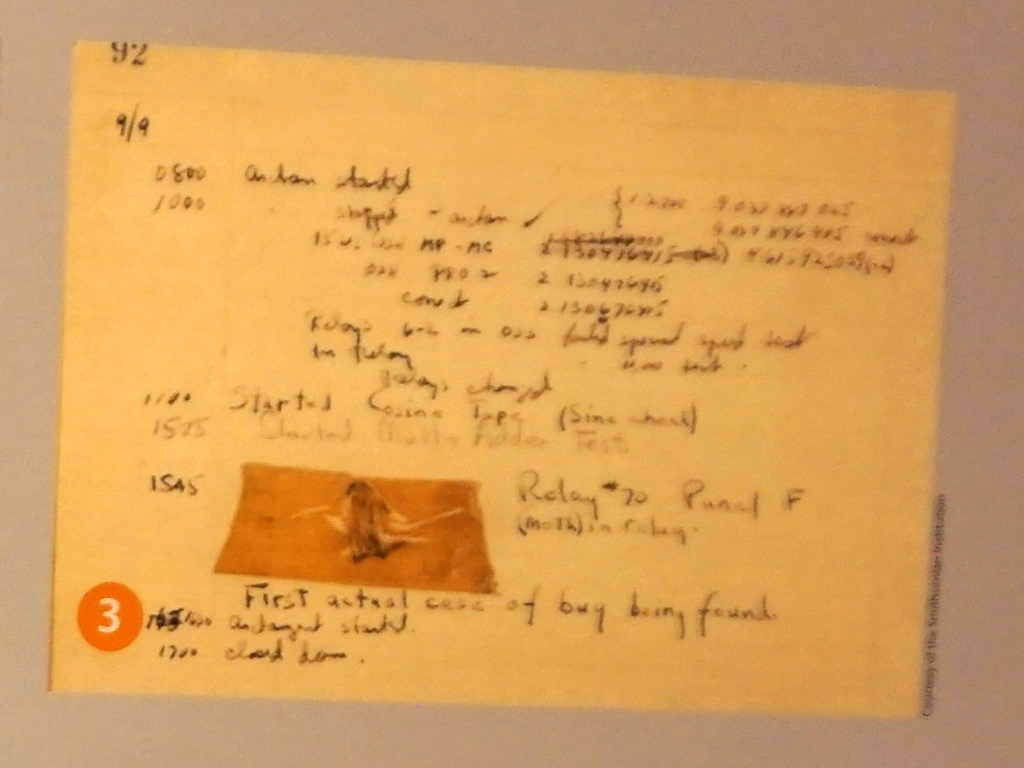Computer History: From The Antikythera Mechanism To The Modern Era
In this article, we shed light on the most important moments in computer history, acknowledging the people that have contributed to this evolution.
The First Bug In Computer History
The term "bug" is common in computer science today and is typically used to describe an error or flaw in a computer program or system that results in an incorrect result. The same term has also been used to describe monitoring or spying equipment.
The first official reference to the word "bug" in regards to computers took place in 1945. At that time a Harvard Mark II was used in the Naval Weapons Center, in Dahlgren, Virginia. On September 9, 1945 a rather unlucky moth slipped into one of the computer relays, causing its malfunction.
The engineers on duty managed to repair the computer, removed the moth and with the use of duct tape attached it on the computer's log, which was kept in a book. The official report, written right beneath the moth, stated: "First actual case of bug being found." With these words the author, Grace Murray Hopper (known also as "Amazing Grace" because of her lifetime achievements), obviously wanted to make clear that the first found bug was actually an insect and not a monitoring "bug."

And now you know why we call it a "bug!"
MORE: Best Monitors
MORE: How We Test Monitors
Stay On the Cutting Edge: Get the Tom's Hardware Newsletter
Get Tom's Hardware's best news and in-depth reviews, straight to your inbox.
Current page: The First Bug In Computer History
Prev Page Konrad Zuse's Z Series Computers & Plankalkül Programming Language Next Page ENIAC And EDVAC Computers
Aris Mpitziopoulos is a contributing editor at Tom's Hardware, covering PSUs.